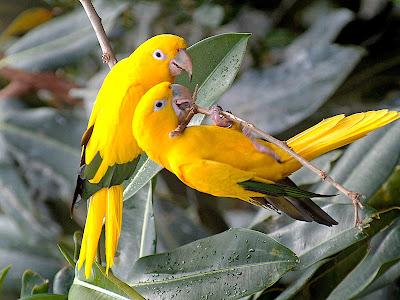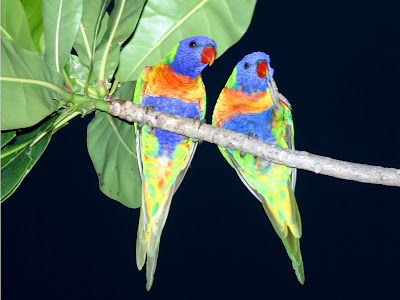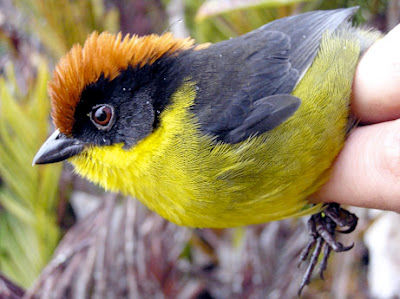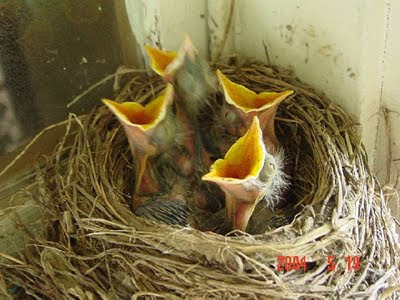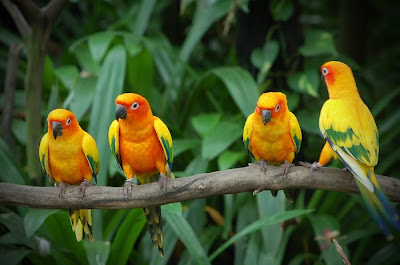 Loverbirds 4 Love Birds in a Branch
Loverbirds 4 Love Birds in a Branch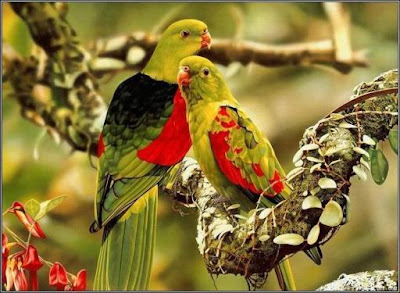
 Love Birds
Love Birds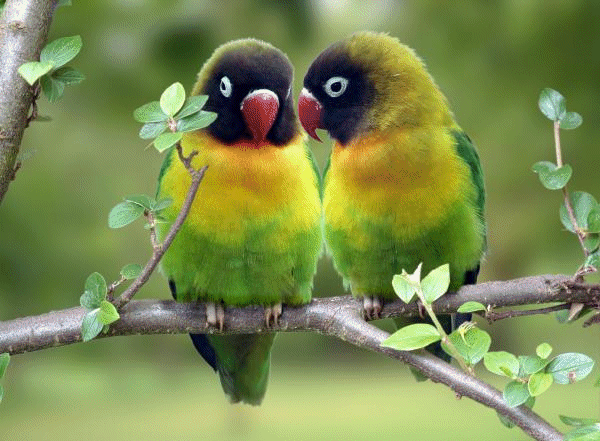
Ask anybody about lovebirds, and I guarantee they may assume that to be comfortable and healthy, these beautiful creatures have to be stored as a pair.
This is not strictly true. What's true is that a pair of lovebirds who have already bonded should not be break up up, however if a lovebird has been raised by hand since he was a baby then they can make excellent familty pets on their own.
Lovebirds do require some handling and care each day - for those who neglect them for more than a couple of days they will truly become quite surly.
Quite a small chicken, many folk make the mistake of shopping for a smallish budgie kind cage to deal with them in, however this is not really one of the best ways to go.
A very active hen, the larger the cage you may get the better - they really might do with a whole lot of toys - for instance they love enjoying with ring sets, or hopping on and off a swing, they really are filled with energy.
There are nine lovebird species, all of that are native to continental Africa, with the exception (it is within the title!) of the Madagascar lovebird.
The others are: Peachfaced, Masked, Fischer's, Nyasa, Redfaced, Black-Collared, Abyssinian and Black-Cheeked.
That is only the tip of the iceberg though. In addition to the totally different species, think about also that there are a lot of, many various colour mutations - for instance, there are 17 recognised colour mutations for the peachfaced selection, however when you bear in mind the mutations having been bred collectively for a few years there are literally thousands of totally different colours now available.
The nicest natured are mentioned to be the Peachfaced variety with peach caps, while the purple confronted normal and lutino varieties are louder and may be extra agressive.
Insofar as weight loss plan goes, a assorted mix of vegetables, wholegrain cereal, bean combine added to cockatiel pellets and seed combine ought to do the trick. This may be supplemented with a slice of orange occasionally.
You should also make a cuttlefish bone or calcium block obtainable for the fowl to chew on.
The lovebird is a good companion to somebody caught in the home or just those looking for a household pet. They generally have a really enjoyable character and are both cheeky and playful. They are great enjoyable to sit down and watch, however will also be affectionate.
